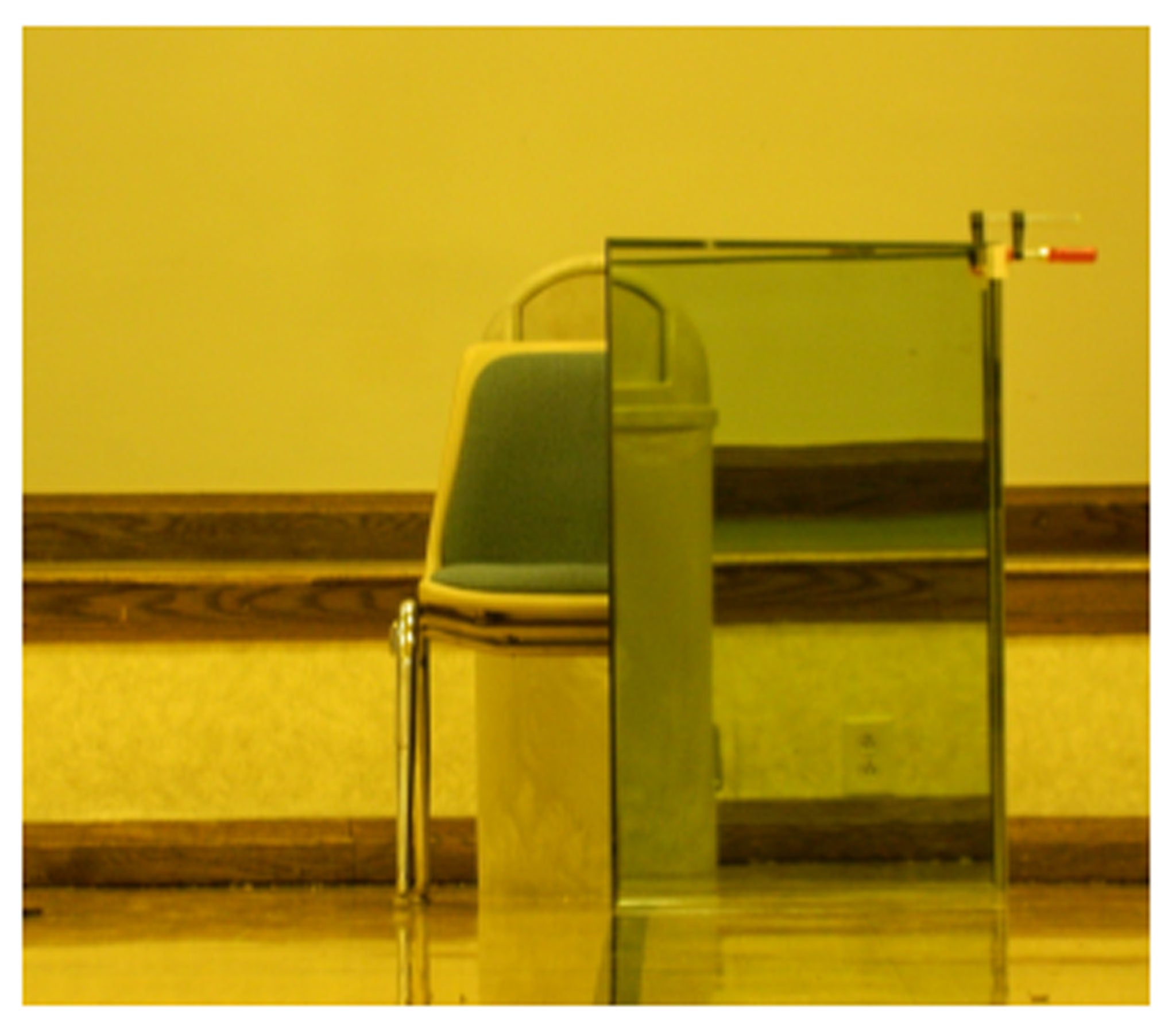Uni-directional invisibility cloak could hide satellites
New research uses off-the-shelf optical components to steer light around objects

New research has been released demonstrating an invisibility cloak that could be scaled to potentially any size.
The design, finalised by John Howell and Benjamin Howell at the University of Rochester in New York, does have a significant flaw though – it only works when viewed from a single direction.
Unlike most recent research into invisibility cloaks that focuses on metamaterials (man-made substances with optical properties not found in nature), the Howells’ research is based on tricks used by magicians for years.
The first invisibility cloak worked only on a single microwave frequency, and whilst more recent cloaks have worked over a range of optical frequencies, the area of space they can effectively hide has been tiny.
In a proof-of-concept included with the Howells’ research they showed a chair being ‘cloaked’, using used off-the-shelf optical components (mirrors, essentially) to steer light around the object,
“The point we wish to emphasize is not the novelty but the ease of scaling to nearly arbitrary size,” say the Howells,
It is this scaling that might give the cloak its purpose, with the researchers speculating that the technology could be used to render satellites invisible.
Join our commenting forum
Join thought-provoking conversations, follow other Independent readers and see their replies
Comments